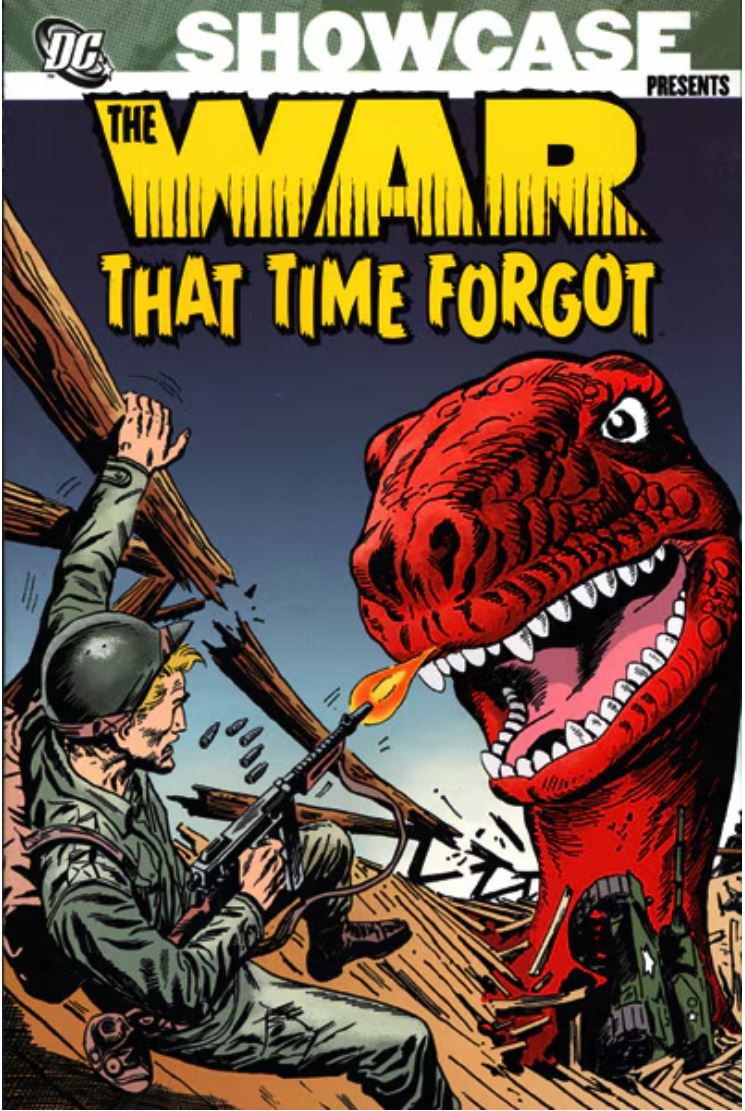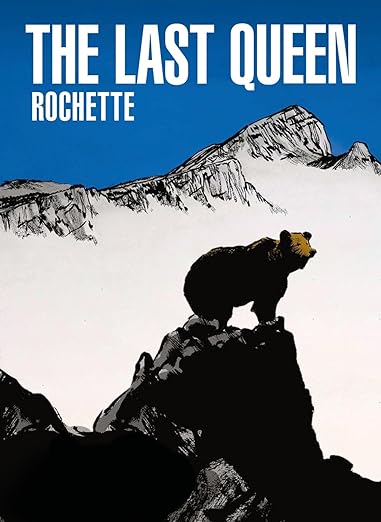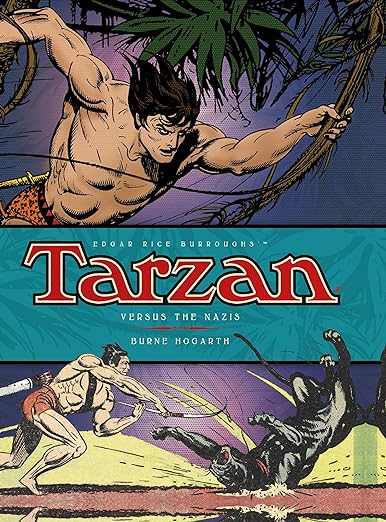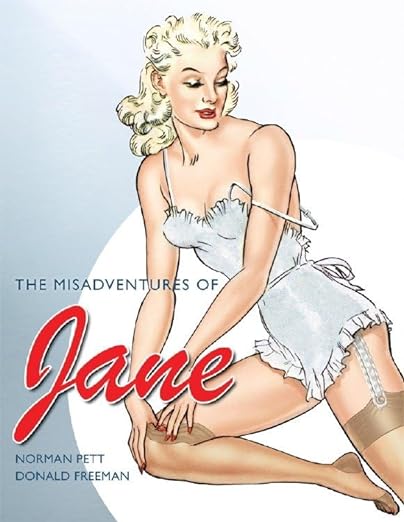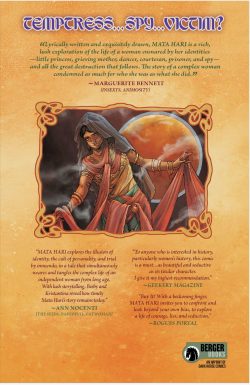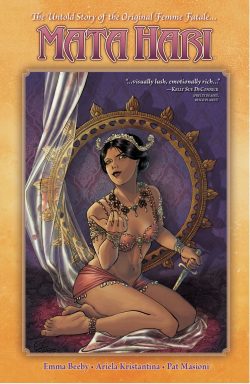
By Willy Lambil & Raoul Cauvin, with Leonardo & translated by Jerome Saincantin (Cinebook)
ISBN: 978-1-80044-124-8 (Album PB/Digital edition)
Devised by Louis “Salvé” Salvérius & Raoul Cauvin – who scripted the first 64 volumes until retirement in 2020 – Les Tuniques Bleues (or Dutch iteration De Blauwbloezen) began as the 1960s ended: created to ameliorate the loss of megastar Lucky Luke when that laconic maverick defected from Le Journal de Spirou to rival periodical Pilote.
From the start, the substitute strip was hugely popular: swiftly becoming one of the most popular bande dessinée series in Europe. It is now scribed by Jose-Luis Munuera or the BeKa writing partnership and is up to 67 volumes…
Salvé was a cartoonist in the Gallic big-foot/big-nose humour manner, and after his sudden death in 1972, successor Willy “Lambil” Lambillotte gradually moved towards a more realistic – but still overtly comedic – tone and look. Born in 1936, Lambil is Belgian and, after studying Fine Art in college, joined publishing giant Dupuis in 1952 as a letterer. Arriving on Earth two years later, scripter Cauvin was also Belgian and – prior to entering Dupuis’ animation department in 1960 – studied Lithography. He soon discovered his true calling was comedy and began a glittering, prolific writing career at Le Journal de Spirou. In addition, he scripted dozens of long-running, award winning series including Cédric, Les Femmes en Blanc and Agent 212: clocking up more than 240 separate albums. Les Tuniques Bleues alone has sold over 15 million copies… and counting.
Cauvin died on August 19th 2021, but his vast legacy of barbed laughter remains.
The Bluecoats are long-suffering protagonists Sergeant Cornelius Chesterfield and Corporal Blutch: worthy, honest fools in the manner of Laurel & Hardy; ill-starred US cavalrymen defending a vision of a unified America during the War Between the States – well, at least one of them is…
The original format offered single-page gags set around an Indian-plagued Wild West fort, but from second volume Du Nord au Sud, the sad-sack soldiers were situated back East, perpetually fighting in the American Civil War. Subsequent exploits – despite ranging far beyond traditional environs of the sundered USA and (like today’s tale) taking loads of genuine, thoroughly researched history – are set within the scant timeframe of the Secession conflict.
Blutch is an everyday, whinging little-man-in-the street: work-shy, mouthy, devious and ferociously critical of the army and its inept orchestrators and commanders. Ducking, diving, deserting at every opportunity, he’s you or me – except at his core he’s smart, principled, loyal and even heroic… if no easier option presents itself.
Chesterfield is a big, burly professional fighting man: a proud career soldier of the 22nd Cavalry who devoutly believes in patriotism and esprit-de-corps of The Army. Brave, bold, never shirking his duty and hungry to be a medal-wearing hero, he’s quite naïve and also loves his cynical little pal. Naturally, they quarrel like a married couple, fight like brothers and simply cannot agree on the point and purpose of the horrendous war they are trapped in. That situation again stretches their friendship to breaking point in this cunningly conceived instalment.
Coloured by Vittorio Leonardo, Les Tuniques Bleues tome 45 Émeutes à New York was released continentally in May 2002 and became Cinebook’s 17th translated Bluecoats album. It diverges a little different from the majority of tales, which tread a fine line between comedy and righteous anger, so if you share these books with younger kids, read it first on your own as it explores a shameful moment in US history again highlighting not only divisions and disparities of officers and enlisted men but also of the American class structure – particularly the inherent racism driving the rich and poor players on all sides…
The Draft Riots is another edgy epic based on a true incident, but if you can refrain from looking up the history until you finish, it will be to your benefit. It begins with our surly protagonists blithely unaware of Oval Office deliberations following a drop in recruitment and mounting Union casualties. President Lincoln thus resorts to the deeply flawed conscription system of the 1863 Enrolment Act – listing all eligible white men to fight. In times of need the army would draw names out of that pool in a lottery. However, the greatest point of contention allowed any draftee to buy his way out for $300 – with that “donation” used to hire a replacement. This codicil meant the rich could avoid service whilst the poor could only fight or flee the country…
In this instance the second day of the lottery draw in Manhattan’s Ninth District Provost-Marshall office sparks rowdy protest that escalates into a full-blown riot. Unhappily, Blutch & Chesterfield are part of the contingent of soldiers ordered to police the draw and when dissent descends into furious violence, the cavalry rapidly retreat leaving our boys stuck on the wrong side of the barricades…
Even after Blutch convinces his outraged disbelieving comrade (how could anyone refuse to fight for their country!?) to ditch their uniforms and pretend to be civilians, the peril is not significantly diminished. Chesterfield keeps trying to reason with the rioters – especially ambitious zealot/opportunistic bigot Patrick Merry, who revels in the bloodshed and destruction his followers are inflicting
Merry is ringleader of the predominantly Irish mobs formed of recent immigrants, and soon graduates to looting and vengeance-taking, especially targeting black New Yorkers. He burns down the Colored Orphan Asylum, destroys black homes and businesses and promulgates the myth that the civil war was caused by negroes…
He also attacks churches, homes of the wealthy – who all fled at the first sign of trouble – and newspaper offices. It’s where the tide finally turns as, while Lincoln diverts overstretched frontline military units to quell this second insurrection, the editor and staff of the New York Times turn their recently supplied gatling guns on the mob. Blutch has been horrified but largely sympathetic (until the harassment of black citizens) but his proto-socialist view takes on his usual tenor of resigned horror as his hopes of using the distraction to get out of the war are dashed. He realises people like Merry must be fought and maybe he’s better off – and definitely safer – in the army…
Having briefly escaped Merry’s spies – who have been watching the oddly-acting couple as they sought to get away from the mob – Chesterfield views the counterattack by army units as a chance to get back to his people… if only they would stop shooting at him and Blutch…
Mining comedy from America’s most awful and costly race riot is a big ask, but the shocking events covered in here are dotted with bleak, black humour – especially whenever the sergeant seeks to reason with rioters and looters – and the brilliant manner in which the duo get back to their rightful place is both ridiculous and completely apt.
Packed with appalling true anecdotes and pointedly seditious polemic with moving moments, The Draft Riots shows how war costs everybody, making moments of shocking verity doubly powerful and hard-hitting. Funny, thrilling, beautifully realised and eminently readable, Bluecoats is the best kind of war-story and Western: appealing to the best, not worst, of the human spirit. And this one is really, really sad…
© Dupuis 2002 by Lambil & Cauvin. All rights reserved. English translation © 2023 Cinebook Ltd.










